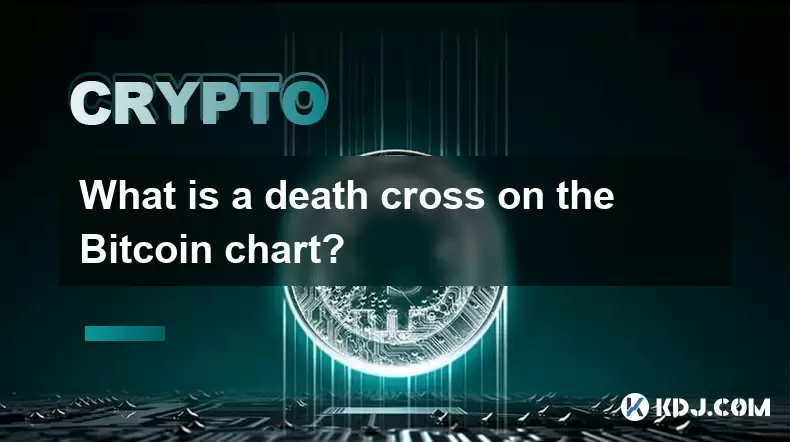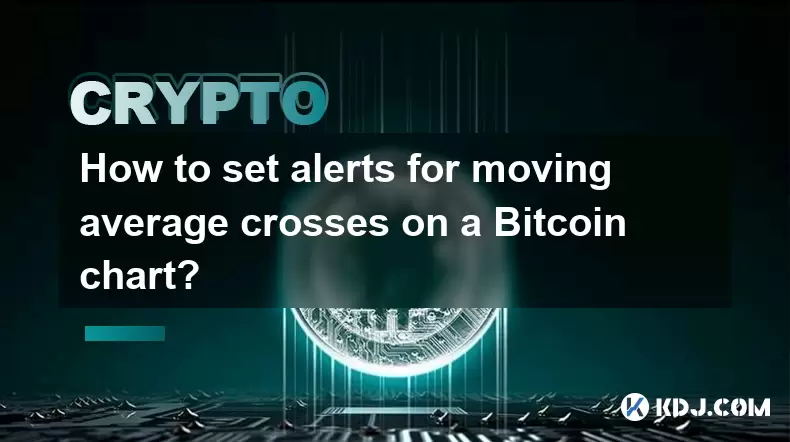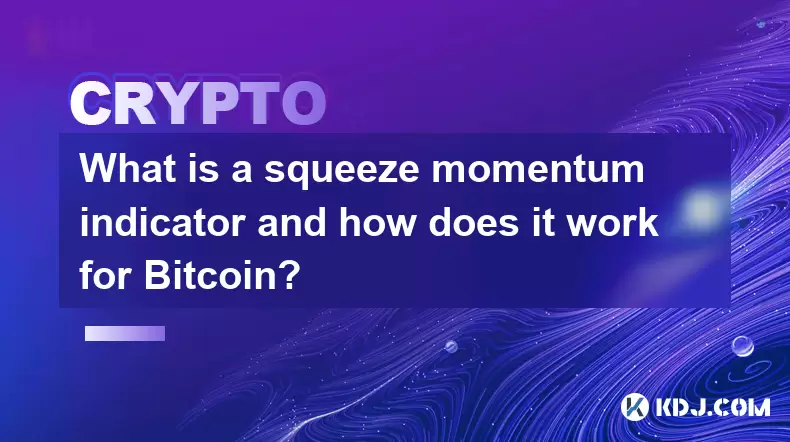-
 Bitcoin
Bitcoin $108,017.2353
-0.81% -
 Ethereum
Ethereum $2,512.4118
-1.58% -
 Tether USDt
Tether USDt $1.0002
-0.03% -
 XRP
XRP $2.2174
-1.03% -
 BNB
BNB $654.8304
-0.79% -
 Solana
Solana $147.9384
-1.76% -
 USDC
USDC $1.0000
-0.01% -
 TRON
TRON $0.2841
-0.76% -
 Dogecoin
Dogecoin $0.1636
-2.09% -
 Cardano
Cardano $0.5726
-1.72% -
 Hyperliquid
Hyperliquid $39.1934
1.09% -
 Sui
Sui $2.9091
-0.59% -
 Bitcoin Cash
Bitcoin Cash $482.1305
0.00% -
 Chainlink
Chainlink $13.1729
-1.54% -
 UNUS SED LEO
UNUS SED LEO $9.0243
-0.18% -
 Avalanche
Avalanche $17.8018
-1.90% -
 Stellar
Stellar $0.2363
-1.69% -
 Toncoin
Toncoin $2.7388
-3.03% -
 Shiba Inu
Shiba Inu $0.0...01141
-1.71% -
 Litecoin
Litecoin $86.3646
-1.98% -
 Hedera
Hedera $0.1546
-0.80% -
 Monero
Monero $311.8554
-1.96% -
 Dai
Dai $1.0000
-0.01% -
 Polkadot
Polkadot $3.3473
-2.69% -
 Ethena USDe
Ethena USDe $1.0001
-0.01% -
 Bitget Token
Bitget Token $4.3982
-1.56% -
 Uniswap
Uniswap $6.9541
-5.35% -
 Aave
Aave $271.7716
0.96% -
 Pepe
Pepe $0.0...09662
-1.44% -
 Pi
Pi $0.4609
-4.93%
What is a death cross on the Bitcoin chart?
A Bitcoin death cross occurs when the 50-day SMA falls below the 200-day SMA, signaling potential bearish momentum and often prompting traders to reassess their positions.
Jul 05, 2025 at 07:43 pm

Understanding the Death Cross in Bitcoin Trading
A death cross is a technical analysis indicator that occurs when a short-term moving average drops below a long-term moving average, signaling a potential bear market. In the context of Bitcoin, this pattern has historically been viewed by traders as a strong sell signal or an indication of further price declines. The most commonly referenced death cross involves the 50-day moving average crossing below the 200-day moving average.
The significance of this event lies in its ability to reflect shifting market sentiment from bullish to bearish. When the shorter-term average falls beneath the longer-term one, it suggests that recent price action has been dominated by selling pressure over an extended period. This phenomenon has occurred several times in Bitcoin's price history, often preceding notable corrections or prolonged downtrends.
How to Identify a Death Cross on the Bitcoin Chart
To spot a death cross on the Bitcoin chart, traders typically monitor two key moving averages: the 50-day and 200-day simple moving averages (SMA). Here’s how you can identify it:
- Open a cryptocurrency trading platform like TradingView, Binance, or CoinMarketCap.
- Navigate to the Bitcoin price chart.
- Add both the 50-day SMA and 200-day SMA indicators to the chart.
- Observe the interaction between the two lines:
- When the 50-day SMA crosses below the 200-day SMA, a death cross is formed.
This crossover usually appears after a sustained uptrend followed by a significant pullback. It’s crucial to analyze volume during this period because a high trading volume accompanying the cross adds more credibility to the signal.
Historical Occurrences of Death Crosses in Bitcoin Markets
Bitcoin has experienced multiple death cross events, each with varying impacts on its price movement. For instance:
- In December 2018, Bitcoin underwent a death cross after a massive rally in late 2017. This preceded a multi-month bear market where prices fell from around $19,000 to under $4,000.
- Another notable occurrence was in March 2020, during the global market crash triggered by the pandemic. Although the death cross appeared, Bitcoin rebounded sharply within weeks due to macroeconomic stimulus measures and increased institutional interest.
These examples highlight that while a death cross can indicate bearish momentum, it is not an infallible predictor of long-term downturns. Market conditions, investor behavior, and external factors play critical roles in shaping post-cross price action.
Differentiating Between a Death Cross and a Golden Cross
It’s essential to distinguish the death cross from its bullish counterpart, the golden cross. Both involve moving average crossovers but have opposite implications:
- A death cross happens when the shorter-term moving average crosses below the longer-term one, suggesting weakening momentum and potential downside.
- A golden cross occurs when the shorter-term moving average rises above the longer-term one, indicating strengthening momentum and possible upside.
Traders often use these signals in conjunction with other tools like Relative Strength Index (RSI), MACD, or Fibonacci retracement levels to confirm trends and filter out false signals. Understanding the difference helps traders make informed decisions based on current market dynamics.
Interpreting the Death Cross in Real-Time Bitcoin Charts
When analyzing a real-time Bitcoin chart, spotting a death cross requires attention to detail and patience. Here’s a step-by-step guide:
- Ensure your chart displays the 50-day and 200-day SMAs.
- Monitor for a situation where the 50-day SMA approaches the 200-day SMA from above.
- Watch for the moment when the 50-day line dips below the 200-day line.
- Confirm the cross by checking if the candle closes below both SMAs.
- Examine the volume bars to see if there was increased selling activity during the cross.
Some platforms allow setting alerts so you don’t miss such events. However, acting immediately isn't always necessary since the death cross is a lagging indicator. It confirms a trend change only after it has started, which means relying solely on it might result in entering a trade too late.
Frequently Asked Questions About the Death Cross in Bitcoin
Q: Can a death cross be reversed quickly?
Yes, in highly volatile markets like Bitcoin, a death cross may be temporary. If buying pressure returns swiftly, the 50-day SMA can rise back above the 200-day SMA, negating the bearish signal.
Q: Is the death cross more reliable on higher timeframes?
Generally, the weekly or daily charts provide more reliable death cross signals than shorter timeframes like hourly ones. Higher timeframes reduce noise and offer clearer trend confirmation.
Q: Should I sell my Bitcoin immediately after a death cross?
Not necessarily. While some traders interpret it as a sell signal, others wait for additional confirmation like lower highs or breakdowns from key support levels before taking action.
Q: How often does a death cross occur in Bitcoin's history?
Since Bitcoin’s inception, a full death cross (50-day below 200-day SMA) has occurred approximately five to six times, depending on data sources and charting platforms used.
Disclaimer:info@kdj.com
The information provided is not trading advice. kdj.com does not assume any responsibility for any investments made based on the information provided in this article. Cryptocurrencies are highly volatile and it is highly recommended that you invest with caution after thorough research!
If you believe that the content used on this website infringes your copyright, please contact us immediately (info@kdj.com) and we will delete it promptly.
- Royal Mint Coins: Unearthing the Rarest Queen Elizabeth II Treasures
- 2025-07-06 00:30:12
- BlockDAG, SEI, and HYPE: Decoding the Crypto Buzz in the Big Apple
- 2025-07-06 00:50:13
- Uniswap in a Bear Market: Price Analysis and What's Next
- 2025-07-06 01:10:13
- Arctic Pablo Price Hike: Is Housecoin Feeling the Chill?
- 2025-07-06 00:30:12
- Bitcoin, Kiyosaki, and Acquisition: A Perfect Storm?
- 2025-07-05 22:35:14
- Cardano vs. Solana: The $500 Dream and a Payments Disruptor
- 2025-07-05 22:50:13
Related knowledge

What is the Woodies CCI indicator and can it be used for Bitcoin?
Jul 04,2025 at 05:14pm
Understanding the Woodies CCI IndicatorThe Woodies CCI indicator is a variation of the traditional Commodity Channel Index (CCI), which was originally developed by Donald Lambert. The standard CCI measures the current price level relative to an average price over a given period, typically 14. However, the Woodies version modifies this calculation to mak...

How to use indicators to trade the opening range breakout for Bitcoin CME futures?
Jul 05,2025 at 07:35pm
What Is the Opening Range Breakout Strategy?The opening range breakout (ORB) strategy is a popular trading technique used in both traditional markets and cryptocurrency futures, particularly for Bitcoin on the CME. This method involves identifying a specific price range formed during the early phase of a trading session and then taking positions when th...

What does a bearish cross on the Stochastic RSI mean for Bitcoin?
Jul 05,2025 at 07:18pm
Understanding the Stochastic RSI IndicatorThe Stochastic RSI (Relative Strength Index) is a momentum oscillator used in technical analysis to identify overbought or oversold conditions in an asset's price. It combines two well-known indicators — the RSI and the Stochastic Oscillator — to provide more nuanced signals than either could alone. The Stochast...

How to interpret the interaction between Bitcoin's price and the Ichimoku baseline (Kijun-sen)?
Jul 05,2025 at 11:42pm
Understanding the Ichimoku Baseline (Kijun-sen) in Technical AnalysisThe Ichimoku Cloud, also known as Ichimoku Kinko Hyo, is a comprehensive technical analysis tool that provides insights into momentum, trend direction, and potential support/resistance levels. Within this system, the Kijun-sen, or baseline, plays a crucial role. It is calculated by ave...

How to set alerts for moving average crosses on a Bitcoin chart?
Jul 05,2025 at 09:21pm
Understanding Moving Average Crosses in Bitcoin TradingMoving average crosses are one of the most commonly used technical indicators among cryptocurrency traders. In the context of Bitcoin, these signals help identify potential trend reversals or confirm ongoing trends. A moving average cross occurs when a short-term moving average (e.g., 9-day EMA) int...

What is a squeeze momentum indicator and how does it work for Bitcoin?
Jul 05,2025 at 07:32pm
Understanding the Squeeze Momentum IndicatorThe Squeeze Momentum Indicator is a technical analysis tool used by traders to identify potential breakout opportunities in financial markets, including cryptocurrencies like Bitcoin. It was developed by John Carter and is widely used among active traders who seek to capture volatility expansions after periods...

What is the Woodies CCI indicator and can it be used for Bitcoin?
Jul 04,2025 at 05:14pm
Understanding the Woodies CCI IndicatorThe Woodies CCI indicator is a variation of the traditional Commodity Channel Index (CCI), which was originally developed by Donald Lambert. The standard CCI measures the current price level relative to an average price over a given period, typically 14. However, the Woodies version modifies this calculation to mak...

How to use indicators to trade the opening range breakout for Bitcoin CME futures?
Jul 05,2025 at 07:35pm
What Is the Opening Range Breakout Strategy?The opening range breakout (ORB) strategy is a popular trading technique used in both traditional markets and cryptocurrency futures, particularly for Bitcoin on the CME. This method involves identifying a specific price range formed during the early phase of a trading session and then taking positions when th...

What does a bearish cross on the Stochastic RSI mean for Bitcoin?
Jul 05,2025 at 07:18pm
Understanding the Stochastic RSI IndicatorThe Stochastic RSI (Relative Strength Index) is a momentum oscillator used in technical analysis to identify overbought or oversold conditions in an asset's price. It combines two well-known indicators — the RSI and the Stochastic Oscillator — to provide more nuanced signals than either could alone. The Stochast...

How to interpret the interaction between Bitcoin's price and the Ichimoku baseline (Kijun-sen)?
Jul 05,2025 at 11:42pm
Understanding the Ichimoku Baseline (Kijun-sen) in Technical AnalysisThe Ichimoku Cloud, also known as Ichimoku Kinko Hyo, is a comprehensive technical analysis tool that provides insights into momentum, trend direction, and potential support/resistance levels. Within this system, the Kijun-sen, or baseline, plays a crucial role. It is calculated by ave...

How to set alerts for moving average crosses on a Bitcoin chart?
Jul 05,2025 at 09:21pm
Understanding Moving Average Crosses in Bitcoin TradingMoving average crosses are one of the most commonly used technical indicators among cryptocurrency traders. In the context of Bitcoin, these signals help identify potential trend reversals or confirm ongoing trends. A moving average cross occurs when a short-term moving average (e.g., 9-day EMA) int...

What is a squeeze momentum indicator and how does it work for Bitcoin?
Jul 05,2025 at 07:32pm
Understanding the Squeeze Momentum IndicatorThe Squeeze Momentum Indicator is a technical analysis tool used by traders to identify potential breakout opportunities in financial markets, including cryptocurrencies like Bitcoin. It was developed by John Carter and is widely used among active traders who seek to capture volatility expansions after periods...
See all articles

























































































